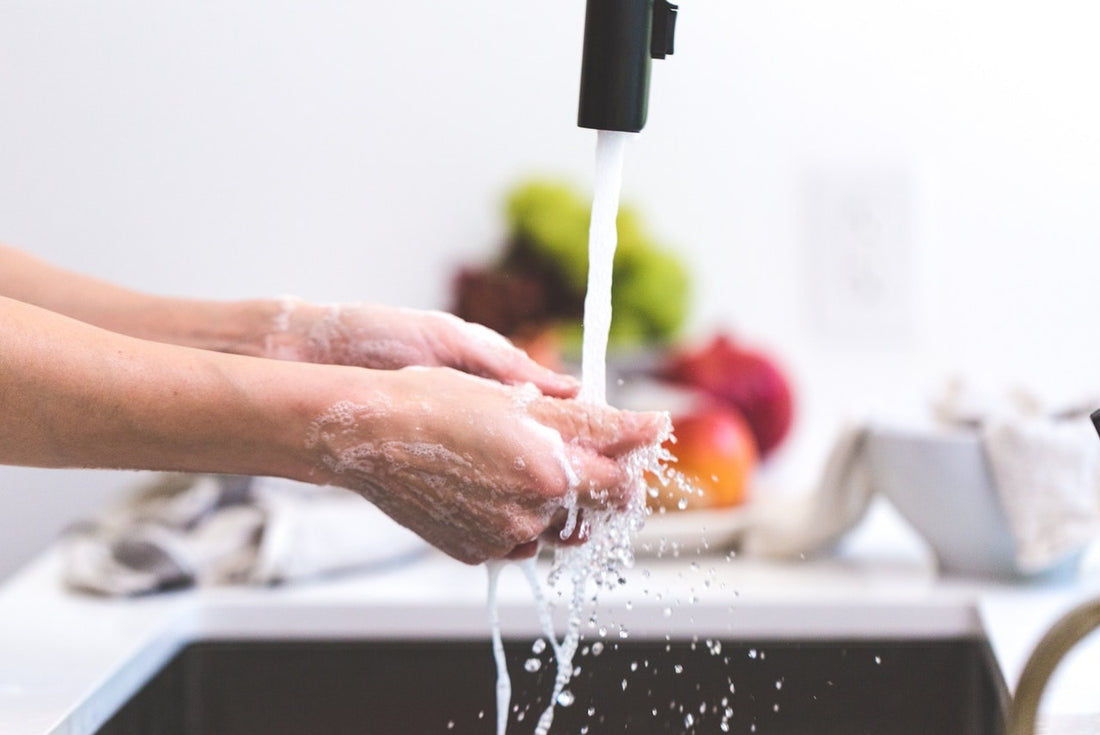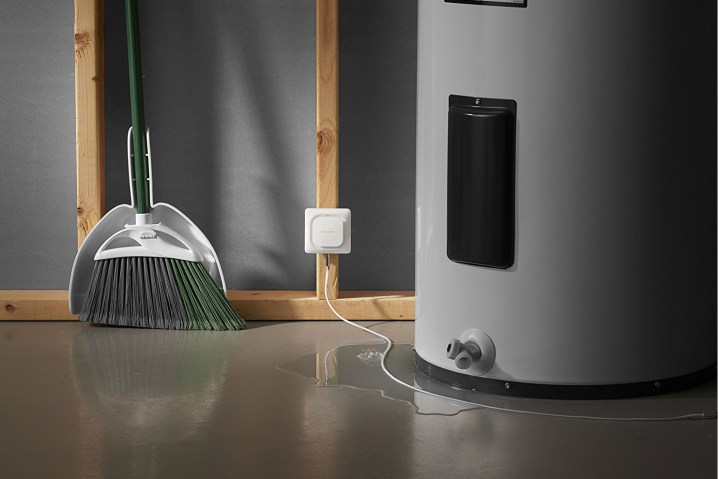
Smart Water Saving Devices for Homes: Innovative Solutions for the Future
Share
In today's rapidly evolving technological landscape, the integration of smart water saving devices for homes is not just a trend, but a necessity. As environmental concerns grow and water scarcity becomes a pressing issue worldwide, leveraging technology to manage water consumption efficiently is crucial. For tech professionals and enthusiasts, understanding these devices and their impact can lead to more sustainable living and innovative solutions.
The concept of smart water saving devices is rooted in the idea of using technology to monitor and control water usage, ensuring that every drop is used wisely. From smart faucets to intelligent irrigation systems, these devices not only help reduce water bills but also contribute significantly to environmental conservation.

Understanding Smart Water Saving Devices
Smart water saving devices are designed to optimize water usage through advanced technology. They come equipped with sensors, timers, and connectivity features that allow homeowners to monitor and control their water consumption remotely. This is particularly useful in detecting leaks, managing irrigation schedules, and even customizing shower durations.
For instance, smart faucets use motion sensors to control water flow, ensuring that water runs only when needed. Similarly, smart irrigation systems can be programmed to water gardens at optimal times, reducing water wastage significantly. These innovations are not just about convenience but are pivotal in achieving sustainable home solutions.
Why Tech Enthusiasts Should Care
For those passionate about technology, the integration of smart water saving devices offers an exciting opportunity to blend innovation with sustainability. By adopting these devices, tech enthusiasts can contribute to environmental conservation while enjoying the benefits of modern technology. Moreover, these devices often come with advanced features like app integration, data analytics, and AI-driven recommendations, appealing to those who appreciate cutting-edge technology.
Additionally, understanding and implementing these devices can pave the way for further innovations in the field of home automation and smart living. As the demand for sustainable solutions grows, the role of technology in water conservation becomes increasingly important.
Top Smart Water Saving Devices for Homes
There are several smart water saving devices available in the market, each designed to cater to different aspects of water conservation. Here are some of the top devices that tech professionals and enthusiasts should consider:
1. Smart Faucets
Smart faucets are equipped with motion sensors and touchless technology, making them ideal for reducing water wastage in kitchens and bathrooms. These faucets automatically shut off when not in use, ensuring minimal water usage.
2. Smart Irrigation Systems
These systems use weather data and soil sensors to optimize watering schedules, ensuring that gardens and lawns receive the right amount of water without excess. This not only saves water but also promotes healthier plant growth.
3. Smart Leak Detectors
Leak detectors are essential for preventing water damage and conserving water. These devices alert homeowners to leaks in real-time, allowing for prompt action and preventing unnecessary water loss. Learn more about the benefits of these devices here.
4. Smart Shower Heads
Smart shower heads monitor water usage and can even provide feedback on your shower habits. Some models offer features like temperature control and pause functions, ensuring a comfortable yet water-efficient shower experience.
Implementing Smart Water Saving Devices
Integrating smart water saving devices for homes involves more than just purchasing the latest gadgets. It requires understanding how these devices work, their compatibility with existing systems, and their potential impact on water usage.
For tech enthusiasts, this process can be an exciting journey into home automation and sustainability. It involves exploring the latest in sensor technology, connectivity options, and app integrations. Additionally, staying informed about new developments in the field can lead to more efficient and innovative solutions.
Getting Started with Smart Devices
To begin, assess your home's water usage patterns and identify areas where smart devices can make the most impact. Consider factors like installation requirements, device compatibility, and potential cost savings. For those new to smart technology, starting with a single device, such as a smart faucet or leak detector, can provide valuable insights into the benefits of water-saving technology.
Moreover, connecting with other tech enthusiasts through forums or local technology groups can provide additional insights and support as you explore the world of smart water-saving devices.
Conclusion: The Future of Water Conservation
The adoption of smart water saving devices for homes represents a significant step towards sustainable living. For tech professionals and enthusiasts, these devices offer a unique opportunity to merge technology with environmental responsibility. By understanding and implementing these innovations, we can contribute to a more sustainable future while enjoying the benefits of modern technology.
As technology continues to evolve, the possibilities for water conservation are vast. Staying informed and engaged with the latest developments will ensure that we are prepared to embrace the next wave of innovation in smart home technology. For more tips on reducing water consumption, visit Constellation.

FAQs
1. What are smart water saving devices?
Smart water saving devices are technologically advanced tools designed to monitor, control, and reduce water usage in homes. They include devices like smart faucets, irrigation systems, and leak detectors.
2. How do smart water saving devices benefit homeowners?
These devices help homeowners save on water bills, prevent water damage through leak detection, and contribute to environmental conservation by reducing water wastage.
3. Are smart water saving devices easy to install?
Most smart water saving devices are designed for easy installation and integration with existing home systems. However, it's essential to follow the manufacturer's instructions or consult a professional if needed.
